Sciatica is not just ordinary back pain – it is a condition where pain radiates from the lower back down to the leg, often reaching as far as the foot. The pain travels along the sciatic nerve, which is the longest nerve in the human body, beginning from the lower spine and running through the buttocks, thighs, calves, and feet.
Sciatica pain typically radiates down the leg and is described as sharp, burning, or electric-like, distinct from ordinary back discomfort. For some people, it feels like an electric shock that worsens when standing, sitting for long periods, coughing, or bending. Although sciatica may sometimes affect both legs, it most commonly appears on just one side.
Sciatica can be extremely uncomfortable, but it is not always a permanent condition. With the right care and timely treatment at a trusted pain management clinic in Ahmedabad, most patients can experience significant relief. Today, advanced non-surgical sciatica relief options make it possible to manage pain effectively and improve quality of life.
Causes of Sciatica Pain
Sciatica most often develops when the nerve roots in the lower spine are compressed or irritated. Common causes include:
- Herniated Disc (Slipped Disc) – One of the most common reasons for sciatica. A disc in the spine may bulge or rupture, pressing against the nerve roots.
- Lumbar Spinal Stenosis – A narrowing of the spinal canal that puts pressure on the nerves. This is more common with ageing.
- Degenerative Disc Disease – Wear and tear of spinal discs can reduce cushioning between vertebrae, leading to nerve compression.
- Spondylolisthesis – When one vertebra slips forward over another, pinching the nerve.
- Piriformis Syndrome – A muscle in the buttock called the piriformis can sometimes irritate or compress the sciatic nerve.
- Other Causes – Pregnancy, tumours, spinal injuries, or infections, though rare, can also trigger sciatica symptoms.
Recognising the Symptoms
The most common sign of sciatica is pain that radiates along the nerve, though other symptoms may also occur:
- Intense, shooting pain that begins in the lower back or buttocks and travels down the back of the leg.
- A burning sensation or electric shock–like feeling in the thigh or calf.
- A prickling or tingling feeling, along with numbness in the leg or foot.
- Weakness in the muscles, which may cause difficulty standing, walking, or lifting the foot (commonly called foot drop).
- Pain triggered by movement such as bending, coughing, sneezing, or sitting for too long
In mild cases, sciatica may come and go. In severe cases, it may be constant and highly limiting. If symptoms persist for more than a few weeks, it’s crucial to seek medical evaluation.
Non-Surgical Sciatica Relief
Most people with sciatica find relief through conservative, non-surgical methods. At Anamay Pain Clinic, specialists emphasise non-invasive methods first, aiming to control pain, reduce inflammation, and improve mobility.
Here are some effective non-surgical sciatica relief options:
- Physical Therapy & Exercise Programs
Tailored exercise routines strengthen the core, improve posture, and reduce strain on the spine. Stretching exercises, especially for hamstrings and the piriformis muscle, help relieve nerve compression. - Hot & Cold Therapy
Applying ice packs helps reduce inflammation in the initial stages, while heat therapy later improves blood flow and eases muscle stiffness. - Medications
Over-the-counter NSAIDs (non-steroidal anti-inflammatory drugs) or prescribed pain relievers help control discomfort. Muscle relaxants may also be recommended in certain cases. - Lifestyle Modifications
Staying active with gentle walking, swimming, or yoga is encouraged. Prolonged bed rest is generally discouraged, as movement supports faster recovery. - Nerve Glide Exercises
Targeted exercises that gently move the sciatic nerve can help ease irritation and increase flexibility. - Activity & Ergonomic Changes
Correcting posture while sitting, using supportive chairs, and avoiding heavy lifting are essential preventive strategies.
Advanced Interventional Treatments
When basic therapies are not enough, interventional pain management techniques may be considered:
- Epidural Steroid Injections (ESIs) – Corticosteroid medication is injected near the affected nerve root to reduce inflammation and provide temporary relief.
- Nerve Blocks & Radiofrequency Ablation – Targeted procedures that block pain signals or deactivate nerve endings to provide longer-lasting relief.
These methods are minimally invasive and can be highly effective for patients who do not respond to medications and therapy.
When Surgery Is Needed
Surgery is usually considered a last resort, reserved for severe or persistent sciatica cases. Conditions such as large, herniated discs, progressive neurological weakness, or loss of bladder/bowel control may require urgent surgical intervention.
Common surgical procedures include:
- Discectomy – Removal of a portion of a herniated disc pressing on the nerve.
- Laminectomy (Decompression Surgery) – Removal of part of the vertebra to relieve spinal stenosis.
While surgery may provide faster relief in some cases, long-term results are often like non-surgical management if conservative treatment is given enough time.
Alternative & Complementary Therapies
Many patients find additional relief through complementary approaches such as:
- Acupuncture – Helps reduce pain intensity and improve function in some cases.
- Chiropractic Care / Spinal Manipulation – May provide benefit in acute sciatica, though caution is advised if there are neurological deficits.
- Yoga & Mind-Body Therapies – Can improve flexibility, posture, and overall well-being.
Sciatica Treatment in Ahmedabad – Why Choose Anamay Pain Clinic?
If you are struggling with sciatica pain, choosing the right care is essential. At Anamay Pain Clinic, Ahmedabad, patients benefit from:
- Expert consultation and precise diagnosis of the root cause
- Non-surgical sciatica relief options tailored to each patient
- Advanced interventional procedures for longer-lasting results
- Holistic care focusing not just on pain reduction but also on lifestyle correction and long-term prevention
The clinic’s patient-first approach ensures that unnecessary surgeries are avoided wherever possible, giving patients safe, effective, and personalised care.
Quick Summary: Sciatica at a Glance
| Category | Details |
| Definition | Radiating pain caused by compression/irritation of the sciatic nerve |
| Common Causes | Herniated disc, spinal stenosis, piriformis syndrome, spondylolisthesis |
| Symptoms | Radiating leg pain, numbness, tingling, weakness, worse with movement |
| First-Line Treatments | Physical therapy, heat/cold therapy, medications, lifestyle changes |
| Advanced Treatments | Steroid injections, nerve blocks, and radiofrequency ablation |
| Surgical Options | Discectomy, laminectomy (only if severe/persistent) |
| Ahmedabad Advantage | Anamay Pain Clinic specialises in non-surgical sciatica treatment |
Conclusion
Sciatica pain can disrupt your daily life, but surgery isn’t always necessary. With the right combination of physical therapy, lifestyle changes, and advanced interventional treatments, lasting relief is possible. For expert sciatica treatment in Ahmedabad, a trusted pain management specialist like Dr. Megha Shah at Anamay Pain Clinic offers comprehensive, non-surgical solutions to help you regain mobility and live a pain-free life.







